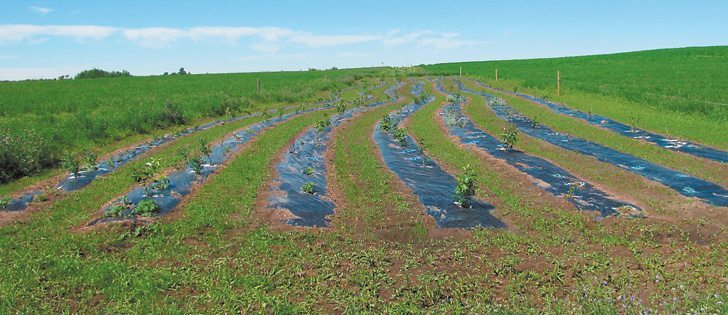No severe shortages yet Economic problems depress commodities, weather causes uncertainty
After the recent fall in canola and soybean prices, the smart money is still on the vegetable oil crops to have the biggest chance of a rally this summer.
Analysts tend to think wheat prices could pop up if emerging production problems reduce world supplies.
However, few see much reason for feedgrains to rally unless weather problems are severe.
“We’d have to have such a dramatic problem with corn yields for a third year in a row to even suggest a neutral stand on crop prices,” said Rich Nelson of the Illinois market analysis firm Allendale Inc.
Read Also

Government support for Canadian farmers has plummeted
Subsidies in Canada were 30 per cent of gross farm receipts in 1980s and are now around eight per cent
“The only one that has any chance of rebound is soybeans.”
Crop prices have been weak recently, partly because good weather in North America allowed farmers to seed large acreages early, providing reason to hope for big yields this summer.
Weather problems in some parts of the northern hemisphere, such as in the U.S. hard red winter wheat area, Ukraine and Russia near the Black Sea, lent support to crop prices recently, but those problems have not yet inspired a general crop market rally.
Canola and soybean prices fell sharply recently, losing much of the ground they had gained against crops like corn and wheat since March.
That slump has brought oilseeds closer to the trend for the overall commodities complex, and most analysts say the overall tone is likely to make all crop prices weak over the summer.
Worldwide economic problems are making markets jittery and many analysts are slashing their growth estimates, reducing the need for commodities of all sorts.
“In the big picture, we expect nothing but sliding lower prices in the coming weeks and months,” said Nelson.
“The trade believes lower economic activity will lower the need for energy and that will lower the demand for crops.”
Energy commodity prices often lead crop prices because soybeans and canola can be used to make biodiesel and wheat and corn can be used to make ethanol.
Errol Anderson of Pro Market Communications agreed.
“We’re in a deflationary pattern in the markets,” said Anderson, who has been bearish on crop prices for months.
He said farmers need to take advantage of rallies they see this summer because they won’t last.
“We’ll have volatility, but even if we have a (crop production) disaster, it (prices) won’t hold,” said Anderson.
“That’s the nature of the markets.”
Analyst Greg Kostal of Kostal Consulting expects canola to have the greatest chance at shooting higher temporarily, based on its ever-increasing demand growth. With demand growing, any overall vegoil tightening or specific canola problems will trigger buying by users and speculators.
“Whatever happens to soybeans, canola as a vegetable oil crop can stay relatively rich,” said Kostal.
“It’s been that way for the last six months and I think it can stay that way for the next six months,”
Summer is always a weather market, when production problems can substantially change the supply demand outlook in a few days. No crops look critically short or critically oversupplied at the moment, but analysts have been generally bullish on oilseeds and generally bearish on corn because of longer-term trends.
World stocks for corn and soybeans should have 50 to 60 days of supply remaining at the end of the 2012-13 year, based on U.S. Department of Agriculture estimates, but that similarity masks a significant difference: the world has become used to low levels of corn, but not low levels of soybeans.
Two years ago there were almost 80 days supply of soybeans.
“Supplies are much tighter on a relative basis,” said Kostal about the soybean situation this year.
However, corn and feedgrain markets have become comfortable with low stocks and know how to compensate.
“It has had the biggest supply deficit, and the consumptive patterns are adjusting to repair that now,” said Kostal.
World wheat supplies are far from short but analysts have noticed a steady tightening of supplies in recent weeks and some expect to see them tighten further if dry weather in a number of places reduces crop potential.
Oats had seen a rally recently, but then a plummeting selloff occurred and knocked prices down 50 cents per bushel in two days.
That doesn’t make Oatinsight analyst Randy Strychar change his bullish view of the oat outlook.
“This is all technical,” he said of the selloff. “The production numbers are awfully friendly.”















